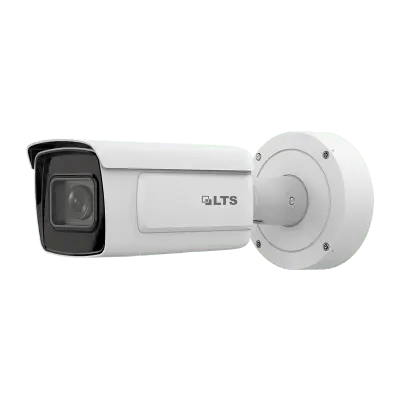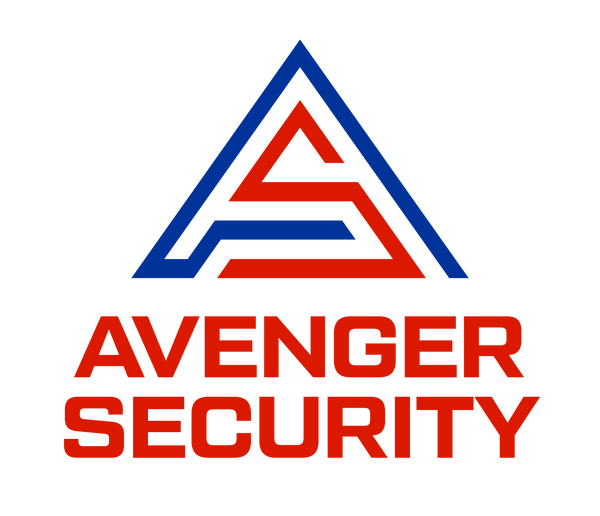
Cloud-Managed Video in Texas: LPR, Loitering Analytics & Compliance
Cloud-managed video has moved far beyond storage. Advanced analytics—like license plate recognition (LPR) and loitering detection—add real-time value, but in Texas they can also change your legal obligations. This post explains where analytics become “active monitoring,” when Chapter 1702 may apply, and how to deploy responsibly. (Informational only, not legal advice.)
Active Analytics vs. Storage-Only Video
Simple cloud DVR services archive footage. By contrast, “active” analytics monitor, analyze, and notify:
- LPR (License Plate Recognition): Captures plates from live/recorded video, enables hotlists, sends real-time alerts, and supports forensic search.
- Loitering Detection: Uses AI to alert when a person or vehicle remains in a defined zone beyond a threshold.
- Law Enforcement Integrations: Optional sharing tools that provide direct access for investigations.
Texas Chapter 1702: Why It Matters
Under the Texas Occupations Code Chapter 1702, surveillance services are broader than many realize:
- Systems that record/store images can fall under the “alarm system” umbrella.
- Services that monitor, interpret, or alert based on video may be treated as security/investigative services, which can require a DPS license.
The takeaway: once you cross into real-time interpretation and alerting, you may trigger licensing requirements.
Quick Reference
| Feature | Possible Legal Impact (TX) |
|---|---|
| Cloud storage only (no analytics) | Generally no security license required |
| LPR alerts, loitering alerts | May require DPS licensing (active monitoring) |
| Law enforcement data sharing | Often treated as security/investigative service |
| Behavioral pattern detection | Likely falls under investigative services |
Who Should Pay Attention?
- Resellers & Integrators: If you sell, install, or manage cloud analytics in Texas, evaluate whether your offering qualifies as a licensed service.
- End Clients: Understand whether your provider is properly licensed for the analytics you’re using.
Deployment Checklist (Practical, Not Legal Advice)
- Scope the analytics: Identify which features (LPR, loitering, vehicle/person alerts) are enabled and how alerts are handled.
- Licensing posture: Confirm whether any party must hold a DPS license for monitoring/alerting in Texas.
- Policies & retention: Document data retention, access controls, and sharing/requests procedures.
- Privacy & signage: Post clear notices where required; follow school/workplace policies and applicable laws.
- Security basics: Use SSO/MFA, least privilege, audited logs, and encrypted transport/storage.
- Testing: Validate alert thresholds to reduce false alarms; review logs quarterly.
Common Pitfalls
- “It’s just cameras.” Analytics change the classification—treat them as active monitoring.
- Unvetted data sharing. Implement role-based access, approvals, and logging for exports.
- Retention drift. Align storage with policy and legal holds; don’t exceed stated retention without cause.
Next Steps
Looking at cloud video with analytics in Texas? We design deployments that emphasize security, privacy, and operational compliance. Explore Cloud Video Surveillance or request a consultation.
